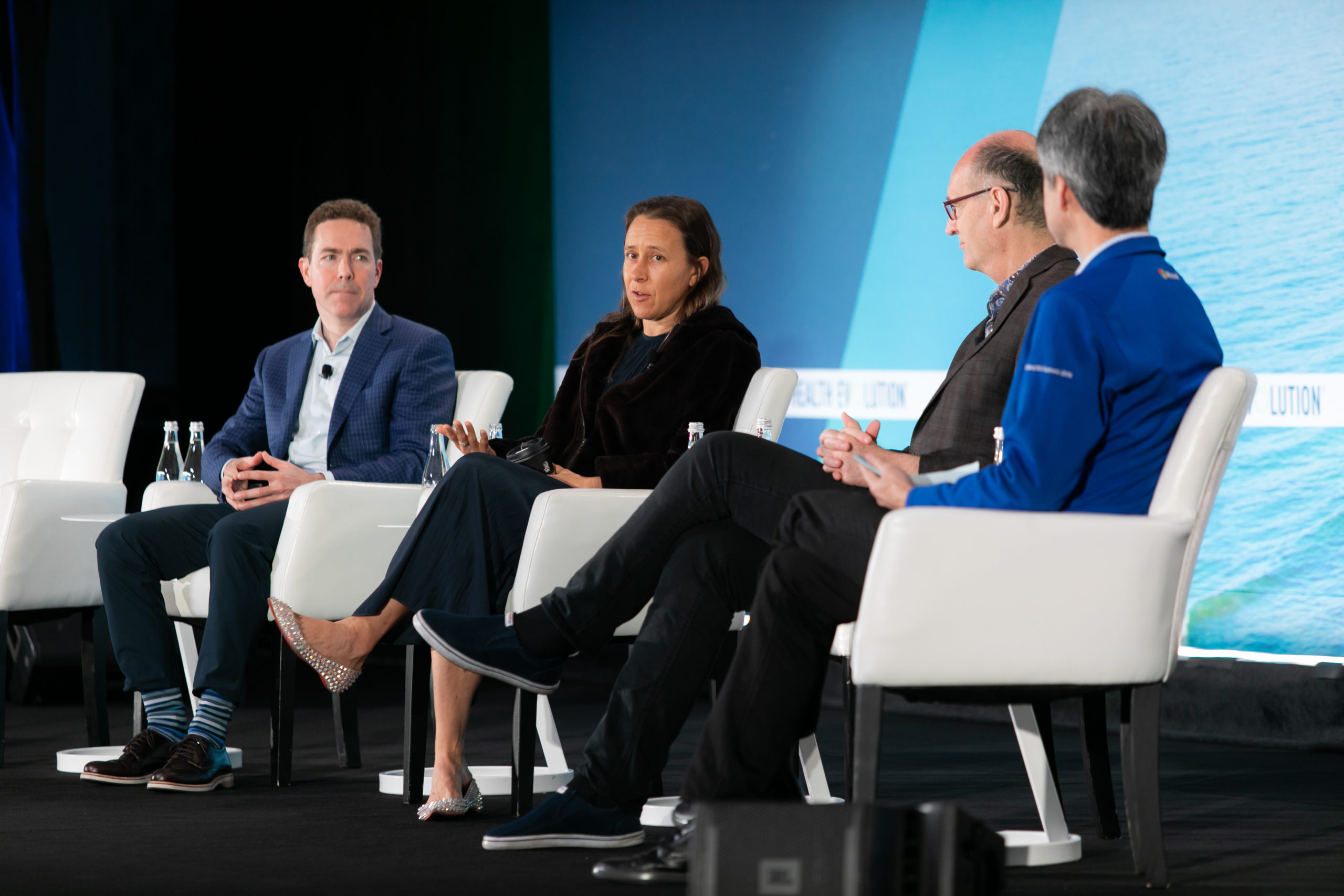No one institution has all the necessary data, technology or expertise to realize the full potential of big data to transform how consumers manage their health, clinicians deliver care, and researchers discover cures.
At the 2022 Health Evolution Summit, a panel discussion about “Big Data, Big Business: How Investments and Partnerships Are Changing the Future of Health Care” served as the capstone to an extensive leadership agenda for collaboration between provider, payer, life sciences, and technology companies.
“Every leader of any health care organization is thinking a lot about big data,” said Peter Lee, Corporate Vice President, Microsoft Healthcare. “But what’s real and what’s hype? And where are the best opportunities?”
With big data comes great power
To answer those questions, leaders need to understand the value that big data can bring to achieving their organizations’ missions. For Jean Drouin, MD, CEO, Clarify Health, the value of big data is that “to understand end-to-end patient journeys, it’s not just one kind of data that you need. You need the entire set of claims, lab, prescription, EMR, and social determinants data.” From the perspective of leading a value-based care analytics company, Drouin emphasized that “if we’re going to dramatically improve the health system, we need to have far better end-to-end patient journeys. The waste and inefficiency in health care is stuck in the journeys themselves.”
Read all of our 2022 Summit articles
“The power of big data is you really have the ability to predict,” said Anne Wojcicki, Co-founder & CEO, 23andMe, which has genomic and self-reported health data from over 12 million people. “We have statistical power to do research on all diseases over 0.1% prevalence.”
Put simply, “more data is more cures,” said Cris Ross, CIO, Mayo Clinic. “And that has two dimensions. One is data that is actionable at the bedside where we’re able to provide signal through noise. And the second is powerful data to do the kinds of discovery that Jean and Anne just talked about.”
Traditionally, health care research has relied on well-curated, but relatively small data sets. “A huge cardiac clinical study might be 40 to 50,000 individuals, but that’s nothing relative to an Amazon, or a Google, or a Microsoft data analysis,” said Wojcicki.
The sheer scale of data now available and co-located has come a long way. “Ten years ago, we had gotten exceptionally good at creating data repositories associated with specific disease states. We had these clinical data repositories that were all beautiful silos,” said Ross. Now Mayo Clinic’s unified data platform has an enormous amount of data, around 10 Petabytes (one Petabyte is equal to 1,000 Terabytes).
The paradigm is also shifting on how health care leaders think about data quality. Historically “we conceived of a system where we said we need to collect perfect data in systems like electronic health records, because what we didn’t have the ability to do was to collect massive data sets,” said Drouin.
But taking a cue from Silicon Valley, health care leaders are recognizing data doesn’t have to be perfect to be useful. “There have always been debates about quality vs. quantity of data. It’s very clear, just collect all the data that’s possible. Don’t worry about dirty data. If your dataset is large enough it will filter out the noise and you’ll get quality insights,” Wojcicki said.
Mission-driven partnerships and investments
Getting from data to insight, and then to action isn’t easy. In the case of care delivery it’s important “to not only generate an insight, but have that insight hit the workflow so that a better decision can be made,” said Drouin. Clarify Health’s acquisition strategy brought in Embedded Healthcare specifically for the behavioral economics capabilities necessary to drive clinician action in value-based payment contracts.
The partnership and investment strategy for 23andMe connects back to the company’s mission to help people better access, understand, and benefit from genetic data. “There’s no point in getting data if you don’t benefit from it,” said Wojcicki. First, individuals should benefit from getting their genetic information by using it to inform how they seek care, and acquiring Lemonaid Health allowed 23andMe to deliver consumer-focused care. Second, human genetic based insights should inform drug discovery, and partnering with GlaxoSmithKline provides access to the resources and expertise to fast-track development of novel drugs for unmet needs.
Mayo Clinic’s partnership with Google came about when it was time to put data into the cloud to enable business ventures like the Mayo Clinic platform. In leading the data strategy for a research center and a provider organization, Ross said that managing data is a challenge because it must comply with HIPAA privacy and security requirements, while also supporting innovators who may not appreciate those constraints.
Continuing the conversation around big data
For leaders looking to dive deeper into cross-industry big data collaboration, the Health Evolution Forum convenes year-round discussion and action. The Forum is currently seeking feedback on the Trust Framework for Accelerating Responsible Use of De-identified Data in Algorithm Development.











